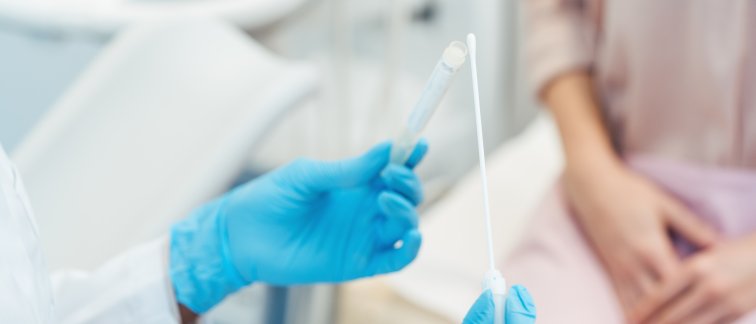The incidence of gonorrhea cases in the Netherlands has once again escalated this year, as per the latest data from the RIVM. Notably, the surge is most prominent among women, raising concerns due to their tendency to experience milder symptoms compared to men, potentially delaying the detection of the infection and leading to severe consequences. Dermatologist-venereologist Professor Henry de Vries, specialist in skin infections and sexually transmitted diseases, provides insights into the current surge and offers preventive measures.
In the first half of 2023, there were nearly 6.700 reported cases of gonorrhea, marking a 15 percent increase from the preceding six months. Noteworthy is the significant rise of 38 percent in cases among women.
This is troubling for experts because, unlike men who often exhibit symptoms like a burning sensation during urination and increased frequency, women are less likely to experience such indicators. They may encounter abnormal discharge, intermenstrual bleeding, or a burning sensation, but a majority may remain asymptomatic, warns de Vries, Professor and dermatologist-venereologist with expertise in skin infections and sexually transmitted diseases at Amsterdam UMC. "This is dangerous as gonorrhea, if left untreated, can lead to infertility in the long run, especially in women where it can progress unnoticed."
What is gonorrhea?
Gonorrhea is a bacterial infection transmitted through sexual contact. In men, the bacteria can cause infections in the urethra, rectum, throat, and testicles. Women may experience infections in the urethra, cervix, fallopian tubes, throat, and rectum. Previously more prevalent among homosexual and bisexual men, there has been a doubling in other demographics, such as heterosexual individuals and those under 25.
Explanations
The COVID-19 pandemic could be a contributing factor. "At that time, fewer people sought healthcare, with all attention directed towards combating COVID," Prof. de Vries explains. However, a behavioral shift post-pandemic might also be at play. "It could be a consequence of the resurgence in sexual activity among young people after years of staying indoors." The increase aligns with the rising number of scabies infections among young individuals.
Education
Erwin Fisser, campaign leader at Soa Aids Netherlands, voices concern over insufficient awareness. "There have been no national campaigns on gonorrhea since 2011, leading to a noticeable impact," he tells Editie NL.
He advocates for a new campaign not to blame but to assist young people in making informed choices. According to Fisser, a comprehensive approach beyond TV and online ads is necessary. "We need to visit schools and hit the streets to effectively communicate this message and aid young people in making sensible decisions."
Testing
Dermatologist De Vries encourages young people to prioritize condom use and undergo testing after engaging in unprotected sex. "For women, testing is sometimes the only way to determine if gonorrhea is present, given their tendency to be asymptomatic. If you've had multiple sexual partners in a short period, it's crucial to get tested."
Source: Read the original article (in Dutch) on rtlnieuws.nl.
Explore Professor de Vries' research domain further:
Currently, there is four times more scabies than a year ago: where did this epidemic come from and what can be done about it? (February 2023)
In the future, cutaneous leishmaniasis will possibly be endemic in the Netherlands (December 2022)

